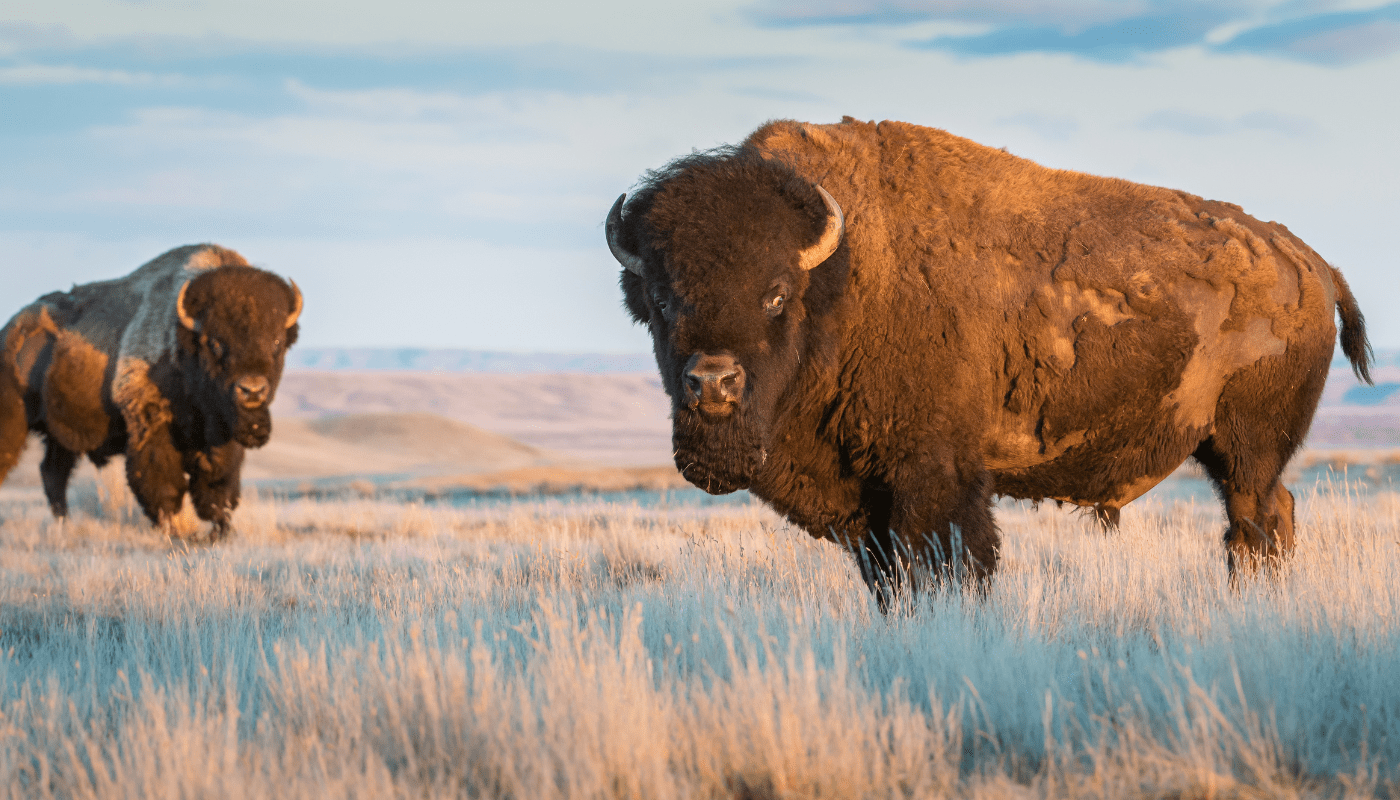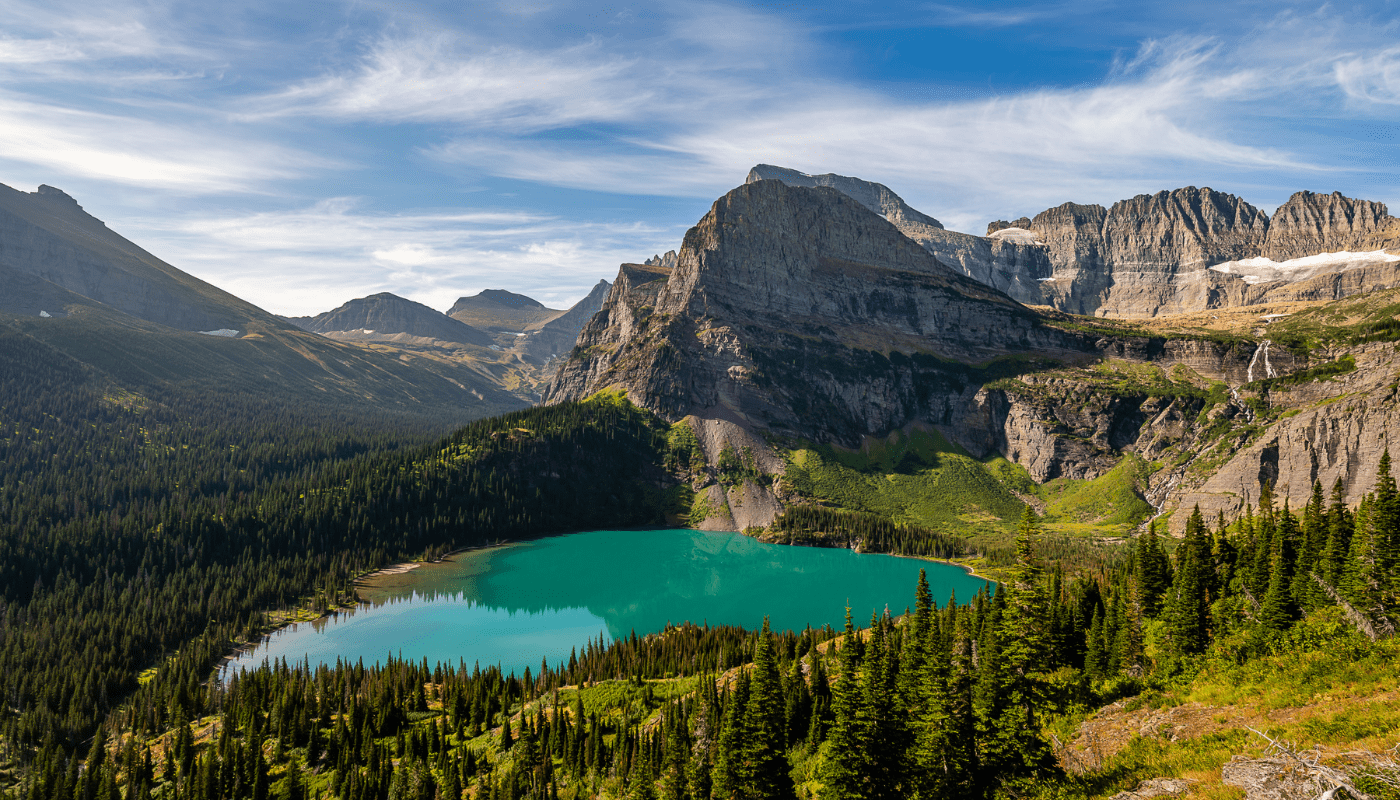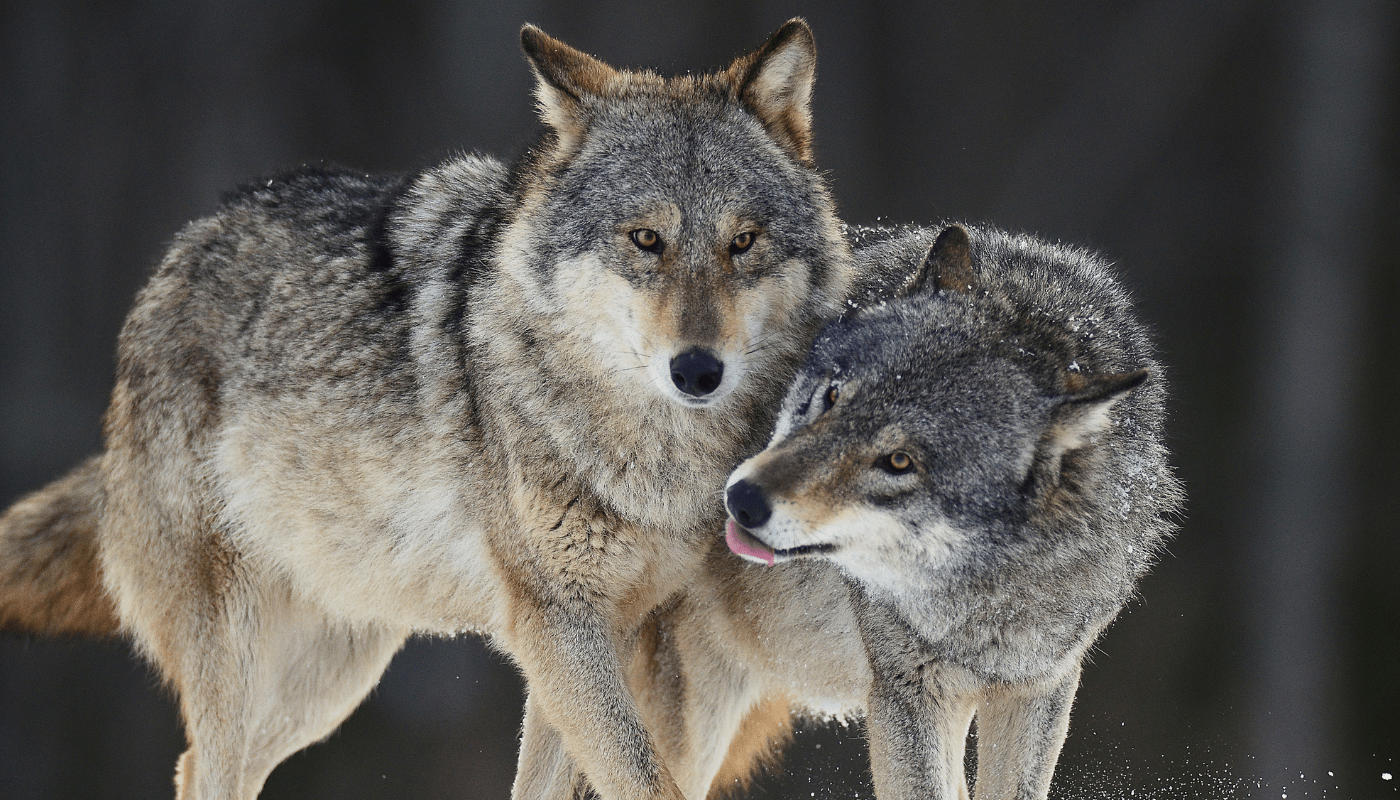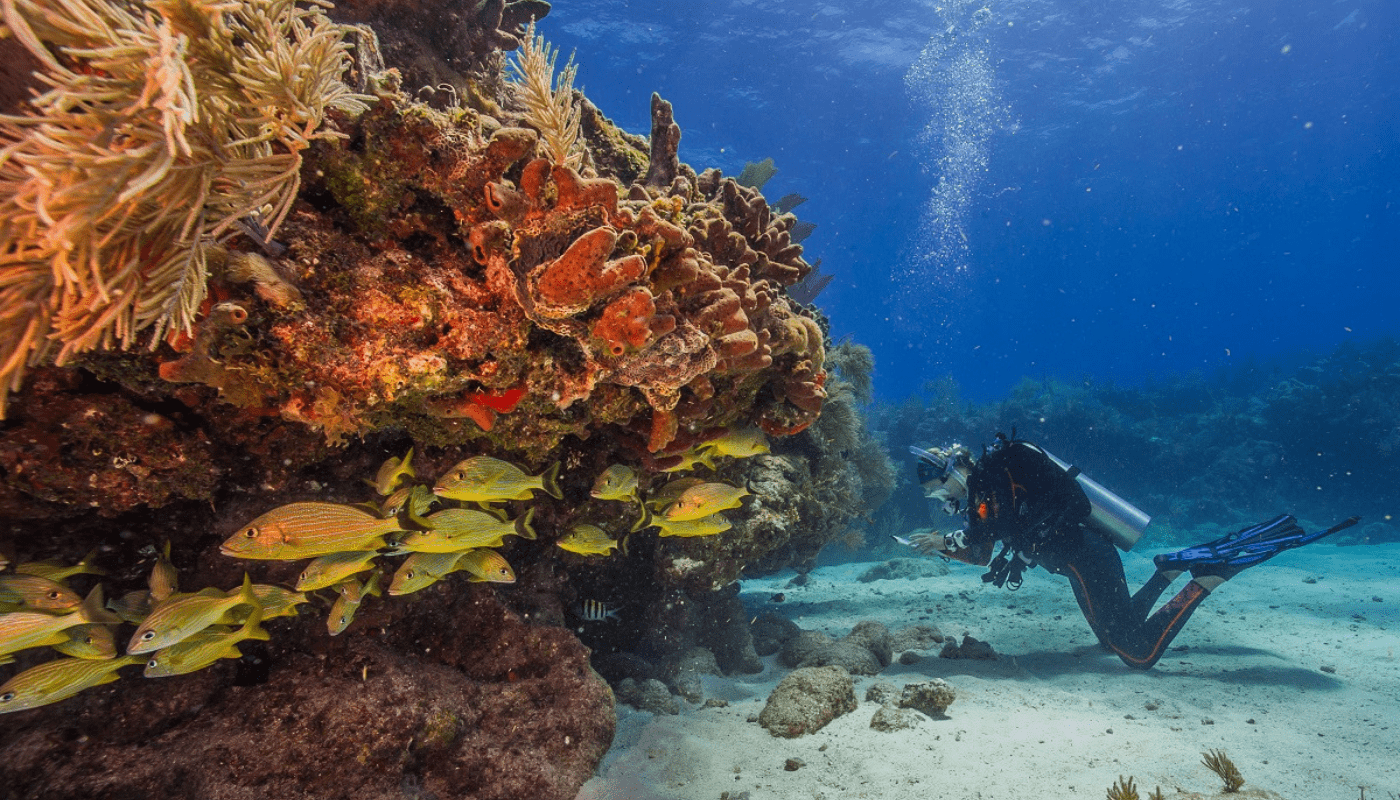
The Non-Profits Quietly Supporting America’s National Parks
From Alaska’s sub-Arctic tundra to the coral shallows of South Florida, many of the national parks we know and love are facing pivotal moments – from a wider array of challenges such as climate change and ever-increasing visitation numbers to staffing cuts and housing shortages. Quietly behind the scenes are a collection of nonprofits linked to each park that are working tirelessly to raise funds, support operations and elevate visitor experiences.
These organizations aren’t just funding research or rebuilding trails; they’re restoring buffalo to Tribal lands, protecting ancient Sequoias, safeguarding disappearing glaciers, and helping communities recover after devastating wildfires.
In the spirit of Thanksgiving and because so many of us hold these landscapes close, we wanted to highlight a few of those partners working behind the scenes and the projects and initiatives that are shaping the future of America’s National Parks.
The North Rim’s Post-Fire Recovery | Grand Canyon Conservancy

Grand Canyon National Park | Arizona, Nevada, Utah
Earlier this year, the Dragon Bravo Fire devastated the North Rim of the Grand Canyon National Park burning over 145,000 acres. The blaze destroyed the historic Grand Canyon Lodge and dozens of associated cabins and structures in the developed North Rim zone. In response, the Grand Canyon Conservancy (the nonprofit partner of Grand Canyon National Park) launched the Disaster Recovery Fund to help displaced residents, fund post-fire mitigation and monitoring initiatives, and support the long-term restoration and recovery of the area.
Restoring Buffalo to Tribal Lands | InterTribal Buffalo Council

Yellowstone National Park | Wyoming
Once numbering up to 60 million across North America, buffalo today exist in only the tens of thousands – a staggering drop that shows just how close the species came to disappearing entirely. The InterTribal Buffalo Council (ITBC) is a coalition of more than 80 federally recognized Tribes working to restore bison to Tribal lands across the United States. They partner with national parks—most notably Yellowstone—to transfer disease-free bison from federal herds to Tribal nations, where the animals can support cultural revitalization, food sovereignty, and ecosystem restoration. ITBC provides technical support, funding, and training to help Tribes manage sustainable herds. Their work is helping return bison to landscapes and communities where they’ve been absent for more than a century.
Saving California’s Giants | Sequoia Parks Conservancy

Sequoia and Kings Canyon National Parks | California
In the face of several challenges from devastating wildfires to extreme rainfall, an estimated 10-14% of the Sierra Nevada’s sequoias were killed from 2020-2021. The Sequoia Parks Conservancy is the primary nonprofit partner of Sequoia and Kings Canyon National Parks, supporting the programs and people who keep these ancient trees thriving, and it’s a cause close to home with our founder Sam Highley serving on the board. As giant sequoias face unprecedented threats from severe wildfire, drought, and a rapidly shifting climate, the Conservancy has taken on an essential role in their long-term protection. Through their support of projects like restoring fire-scarred groves, planting new seedlings, expanding research, and investing in on-the-ground conservation teams, they’re helping ensure California’s giants endure for the next generation.
Keeping Denali’s Wildlife Tracking Alive | National Park Foundation

Denali National Park & Preserve | Alaska
Denali is home to one of the longest-running predator–prey studies on Earth, offering a rare, decades-deep look at how wolves and caribou shape an entire ecosystem. Recently, the National Park Foundation stepped in to provide essential funding when this 35-plus-year wildlife monitoring program at Denali National Park & Preserve was at risk of interruption. The research tracks wolves and caribou across millions of acres, providing rare long-term data on predator-prey dynamics, reproduction, and survival in one of the world’s most pristine sub-Arctic ecosystems. With this support, biologists continue to collar wolves, survey caribou herds, and analyze how climate and natural cycles influence ecosystem health.
Studying a Vanishing Landscape | Glacier National Park Conservancy

Glacier National Park | Montana
Glacier National Park is warming at nearly two times the global average and between 1966 and 2015 the total surface area of the 37 monitored named glaciers declined by about 34%. The Glacier National Park Conservancy is the park’s official nonprofit partner, supporting the research and conservation work that defines one of America’s most at-risk alpine landscapes. As the park’s namesake glaciers continue to shrink at an alarming pace, the Conservancy funds critical projects that track melt rates, monitor snowpack, and advance climate science. By backing researchers, educators, and on-the-ground field teams, they help ensure that the story of Glacier’s disappearing ice is understood, documented, and used to shape a more resilient future.
Understanding Yellowstone’s Wolves | Yellowstone Forever

Yellowstone National Park | Wyoming
The Wolf Project in Yellowstone is one of the longest-running wildlife studies in the world, and Yellowstone Forever plays a key role in keeping it moving forward. Their support helps biologists track wolf packs, monitor territories, and gather decades of data that reveal how wolves shape the park’s entire ecosystem. They also fund new tools like acoustic and video monitoring systems that offer an even clearer picture of how wolves communicate and behave. Altogether, this work deepens scientific understanding while helping visitors appreciate the importance of wolves in Yellowstone’s natural balance.
Protecting Florida’s Fragile Reefs | National Park Foundation

Biscayne National Park | Florida
At Biscayne National Park in South Florida, divers and scientists supported by the National Park Foundation are racing to save the park’s coral reefs—threatened by warming waters, disease, and marine debris. Their work includes collecting coral gametes, growing young corals in tanks, cleaning up thousands of pounds of debris, and treating disease-infected colonies in the field. The effort not only protects fragile reef biodiversity but also strengthens the marine ecosystem’s role in coastal resilience and human well-being. Through programs like Women Veterans in Parks, volunteers and veterans also have the chance to join restoration dives and hands-on conservation work, deepening community involvement in the health of Biscayne’s waters.
